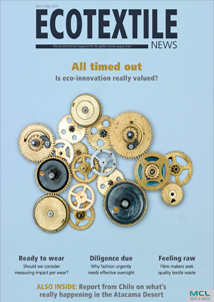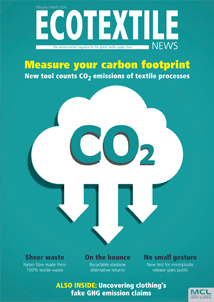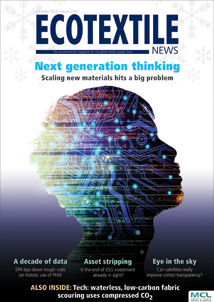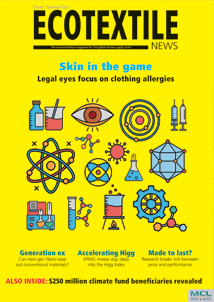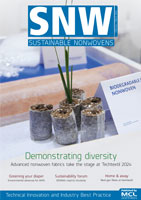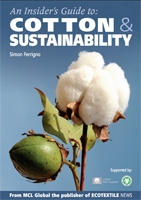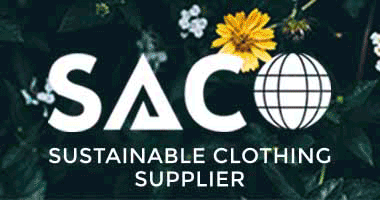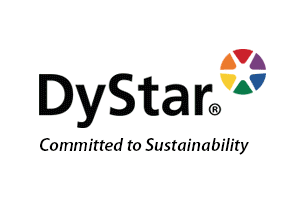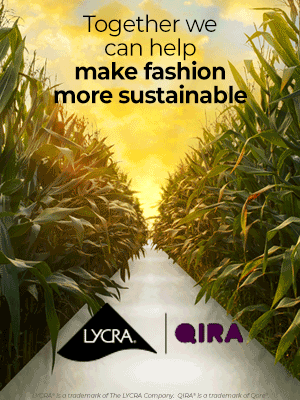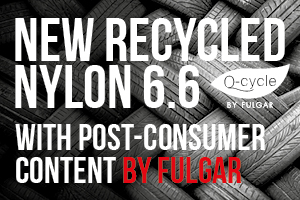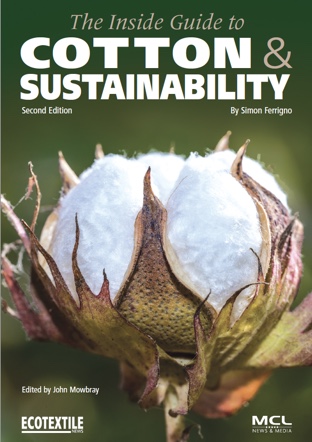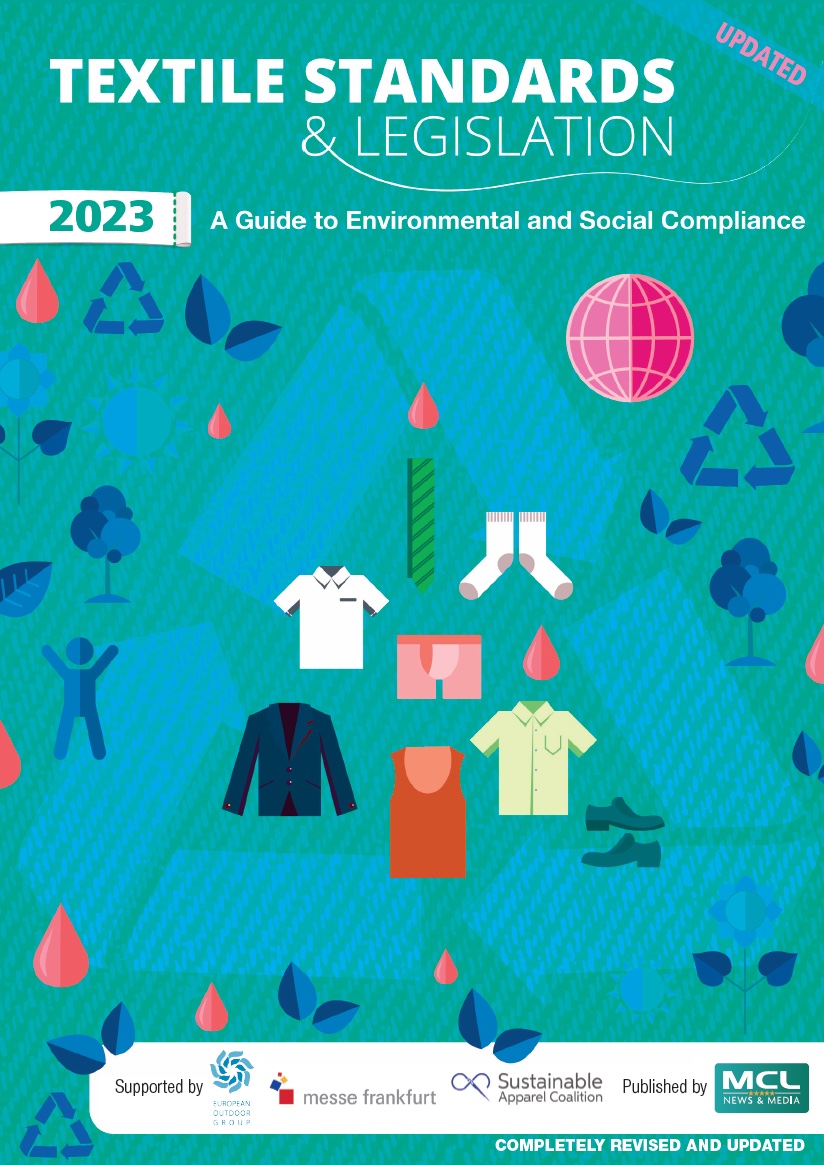STOCKHOLM – The recent Climate Action Week series of webinars held by the Scandinavian Textile Initiative for Climate Action (STICA), provoked some hard talk from industry experts about exactly how, when, and if, the textile sector can reach its goals related to the Paris Agreement on climate change.
The ambitious production of 13 webinars around climate change and textiles released over a short five-day period was a major achievement by Mike Schragger and his team at STICA that has left a useful legacy of insight into the current progress and challenges ahead for decarbonising fashion.
“We all know the daunting nature of this task. Our progress is too slow and the challenges ahead are many. But we must stay the course,” noted Schragger in the introduction.
What more, is that the archived webinar series is now also available to view here, and kicks off with a session that asks if the industry is even measuring the right things in the right way when it comes to climate impact, and features contributions from H&M and Kappahl.
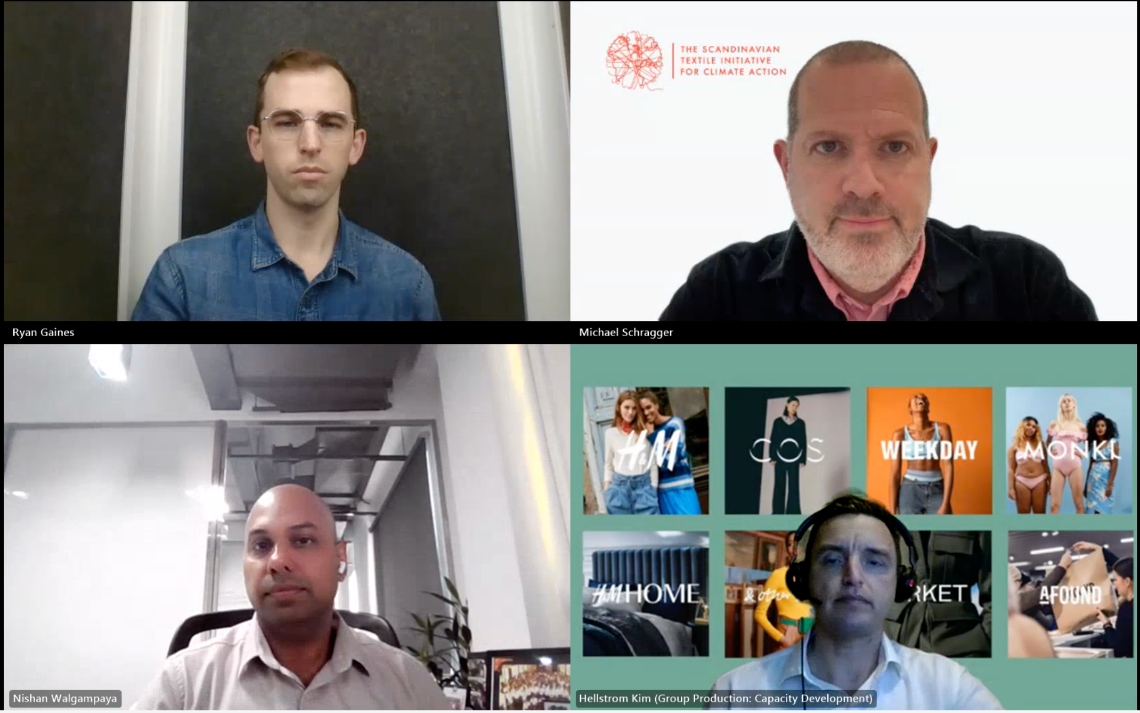
In the webinar ‘Show me the Money’, guests from the Apparel Institute (Aii) and MAS Holdings discuss why financing is crucial for enabling climate action, identify where we currently stand on raising finance, and indicate how much more may be needed.
“Not all of that funding is freely flowing at the moment, and there’s a number of reasons for that,” says Ryan Gaines, CFO at the Aii. “Therefore, why do you need philanthropy, brands, sustainability premiums to also play a role in de-risking this commercial capital, which is plentiful but does not have the risk appetite for the current types of projects that that we’re looking at.”
Gaines claims Aii projects have so far removed 5.6 million tons of carbon from the fashion supply chain and said it aims to help remove 100 million tons more by 2030.
“So, we are proving that the model works, and we have had some success, but we are still quite a long way to go to reach the goals for 2030,” he noted.
Finally, a consensus is emerging that smart regulation and legislation is essential for ensuring the fashion and apparel industries take responsibility for their environmental and social impacts. This was detailed in a STICA session that examined legislation in the European Union – the subject of an Ecotextile Talks podcast earlier this week – and looked at how climate action fits into the rapidly changing European legislative agenda.
Circularity
One of the well-documented ways in which the sector can meet upcoming regulation and climate goals is through the development and adoption of new circular business models, which STICA says are “critical for climate action.”
So, what is preventing them from becoming mainstream? One problem is that in practice, the circular model remains far from replacing the traditional linear take-make-waste system due to weak financial incentives and a lack of infrastructure for reverse logistics.
“There needs to be incentives because switching to a circular economy is extremely costly, so we do need legislation to support this transition and I think the VAT reduction on repairs and also VAT reduction on second-hand sales is essential,” said Selma Jakobsson, head of sustainability and quality, at outdoor brand Peak Performance.
“A successful circular business model for us is one that facilitates the repeated circulation of our products, generates revenue to support business growth, and helps reduce our Scope 3 emissions.”
In the final session of a marathon week, Schragger talks to industry commentator Ken Pucker from Tufts University in the USA, to take stock of some of the discussions held at climate week in a lengthy broadcast of around one hour.
Insights from the discussions looked back at voluntary commitments and the role of legislation, the misalignment of incentives (growth) that hinder climate action, and the rise of instant fashion made possible by companies like Shein and Temu.
“Imagine if I asked you five years ago,” said Pucker, “if you could imagine that there’d be a company with an asset-light model that had no stores that were able to introduce as many styles in two weeks as Zara does in a year – and generate more revenue, what would you think?”
Looking back at the week’s discussions around climate he concluded that: “What we're doing here is privatising profits and socialising losses. By losses I mean, the ones you've been talking about all week, they're the social losses and environmental losses that are left for humanity to absorb.”
















